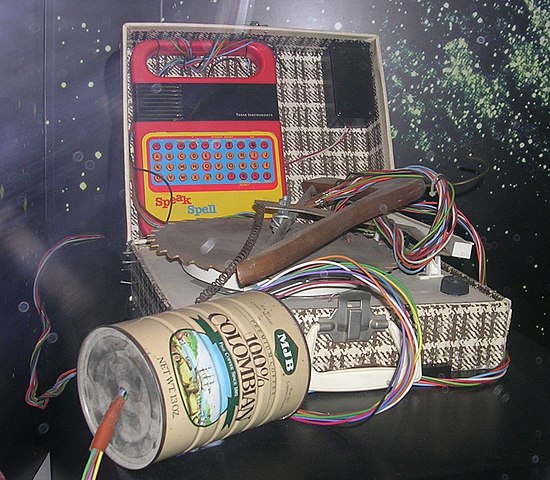Eternal TCP
Eternal TCP is a layer in between an application and unix TCP sockets that make the sockets robust to TCP disconnects including roaming and connection failure.
Why resumable TCP is hard
When one calls send(…) or write(…) on a TCP socket, and the kernel reports back that a set of bytes were written, there’s no guarantee that the bytes were sent nor received on the other end. The kernel is merely telling you that the bytes were written to a buffer to be sent. When the client and server disconnect, neither know which bytes were received and which were dropped.
Solution: BackedReader and BackedWriter
Eternal TCP implements a BackedReader class that keeps track of the number of bytes read (called the sequence number) and, upon reconnect, informs the other party of the sequence number. The BackedWriter class keeps an encrypted buffer of the last N bytes sent and the sequence number. Upon reconnect, the BackedWriter receives the sequence number from the BackedReader and re-sends the last M bytes, where M is the difference between the sequence numbers of the writer and the reader.
Both the client and the server of a TCP connection need both a BackedReader and BackedWriter so they can send and receive messages.
Eternal TCP is an implementation of resumable TCP that can be used by any application.
The Eternal Terminal (ET).

E.T. the Extra-Terrestrial was a movie about an alien and a boy that together build a device to “phone home” and send the alien back to his family and homeworld.
Just like the E.T. Communicator, the Eternal Terminal (ET) exists to allow developers to keep in contact with their remote machines. ET survives IP roaming and other connection loss events.
It all starts with SSH
The ways that one can authenticate and begin an secure connection are numerous and complicated. In addition, authentication must be handled delicately to avoid security holes. At the moment, ET does not handle authentication, but relies on ssh to make the initial connection (similar to Mosh). Once an ssh connection is established, the server creates a password that is good for the duration of the client’s session, securely sends the password to the client, starts a new ETServer process on the server with the same password, and then closes the ssh connection.
Continuing communications
Once the client has its password, and the ssh connection is closed, the client starts up an encrypted connection to the new ETServer process, authenticated by the password. Each end of the connection has BackedReader and BackedWriter instances to manage the connection. If the connection fails for any reason, then each side’s BackedWriter keeps track of characters generated by that side. Once the connection is reestablished, the BackedWriters send their accumulated data to the BackedReaders, catching up with the communications.
No SSH Protocol
ET does not implement any of the SSH protocol. Instead ET simply creates a psuedo-terminal on the server side and connect this psuedo-terminal to the client’s terminal. There’s no concept of channels, etc.. While it may be possible to implement the SSH protocol on top of ET and thus support X-forwarding and other features, it’s not implemented at the moment.
Works with tmux control center
Tmux control center (activated by running tmux with the -CC flag) is supported in ET since it does not rely on the ssh protocol and is effectively its own protocol written in terminal escape sequences. This means that it’s possible to have tabs and split screen support within ET. Unfortunately, iTerm2 for OS/X and an unsupported fork of the Terminator terminal are the only terminals that support Tmux control center.